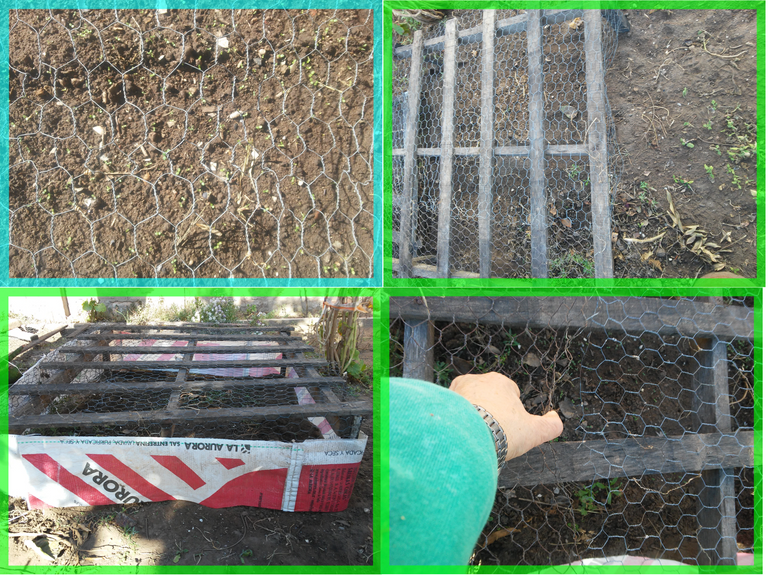
Those of us who are lucky enough to live in independent houses can enjoy, as in my case, the advantages and joys of having our own vegetable garden, our own garden and being able to grow all the plants directly in the ground.
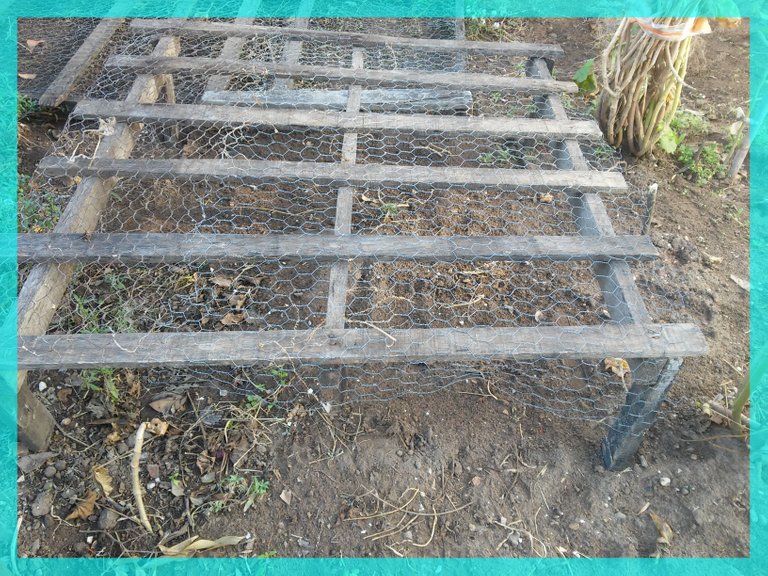
It is a great luck because suddenly we are offered a range of possibilities in the crops to have a larger area of land for that purpose. And because it is not the same to grow a plant in a pot, inside an apartment or on the balcony, than to do it directly in a land destined to orchard or garden, no matter how small or big it is.
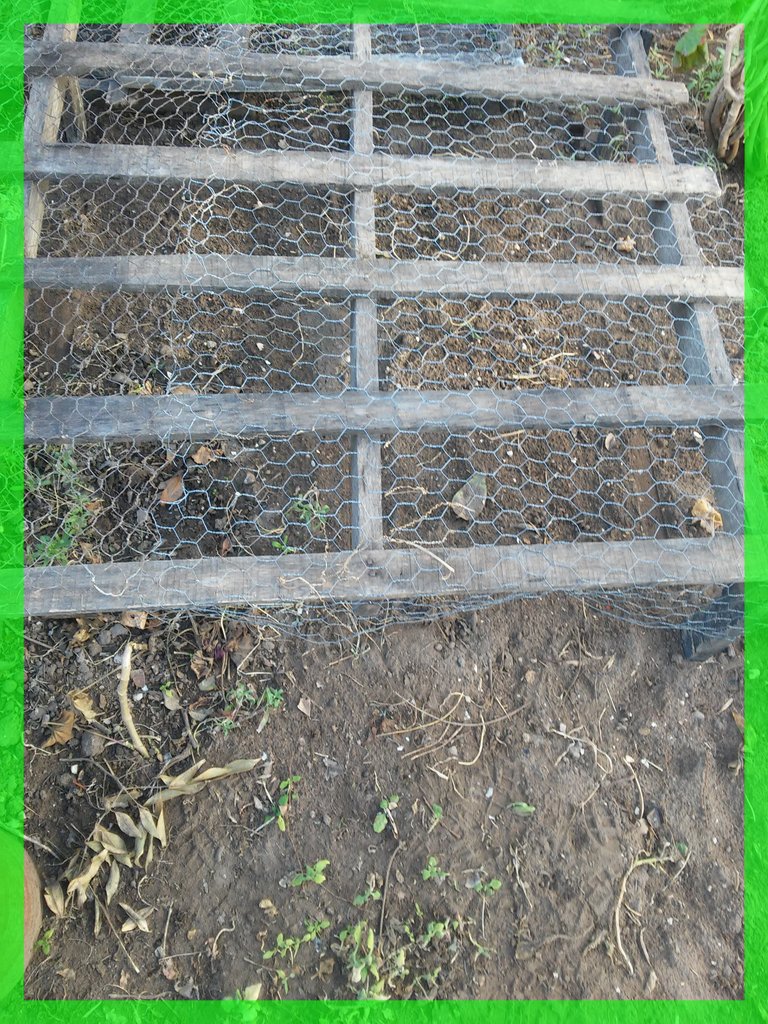
But also one of the main disadvantages is that we cannot always fight effectively against the pests that afflict any type of plant. In some of my previous posts, whose details I leave at the end of this article, I have discussed in detail how I combat the parasites or pests that affect the fruit plants in my garden.
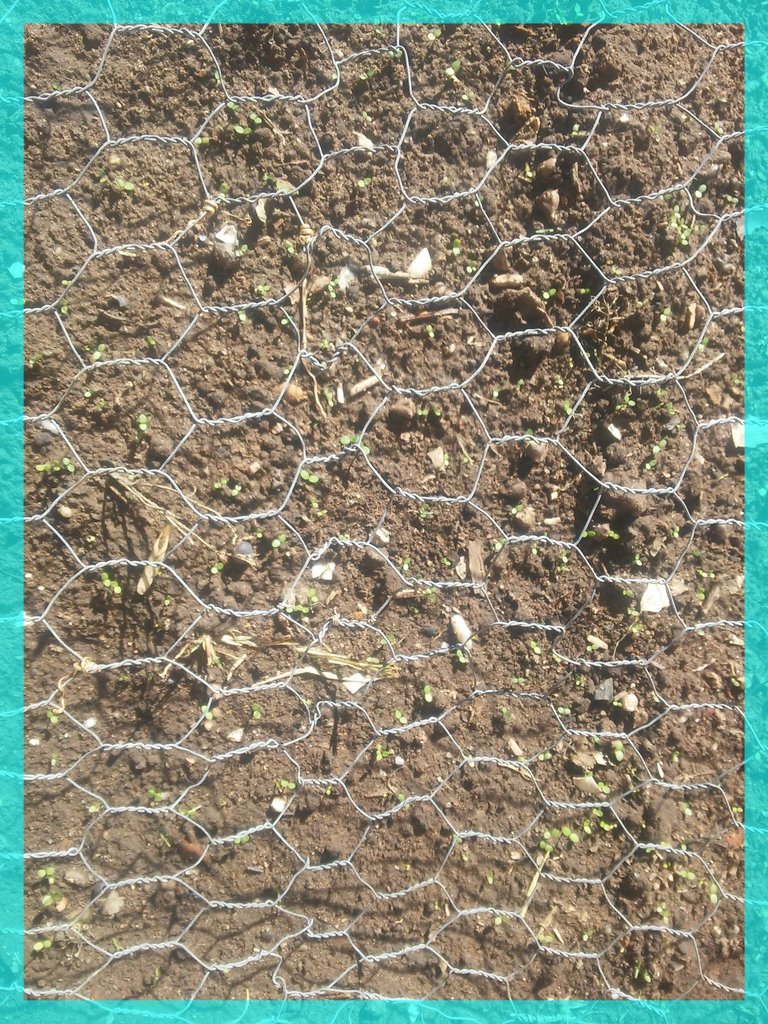
Today, instead, I want to tell you about the "invention" that I have developed (invention is a funny way to express it) to allow some leafy plants of the garden - in this case the chard - to grow free and uncontaminated, especially when it comes to vegetables that are consumed, generally, raw, although chard is often boiled. But the same goes for lettuce, cabbage, parsley and so many other species of plants used in the kitchen for the preparation of food.
Cats in cities.
The cat has been throughout the ages, and especially in modern times, an excellent companion for humans. So have dogs, especially the smaller ones. Both are perfectly accustomed to living inside houses or apartments.
However, when it is time to do their needs, the organism of each one reacts in a different way. We put the dog on a leash and take him out for a walk so that he can empty his bladder and bowel and we always carry with us, as a rule of good citizenship, a paper or plastic bag to collect his excrement.
But with cats we cannot do the same. They are felines, although domesticated, and they are used to go out at night on their own to do their needs. The ideal is to put a sandbox in the balcony or in the patio if we have one, but even so the result is not assured.
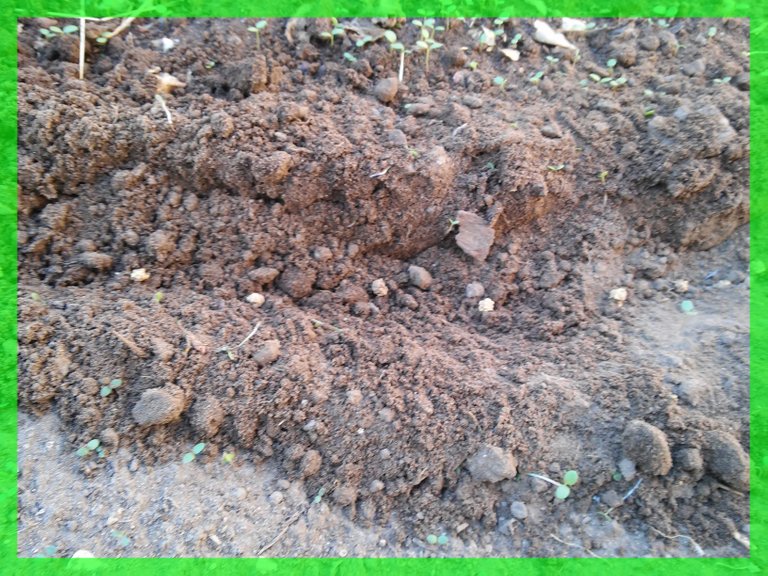
Normally they jump over any type of barrier and of any material and jump to the neighbor's land that, as in my case, has enough land where they can enjoy themselves to their heart's content. The problem is that on their way they pass over the plants, dig and do whatever they do without stopping to choose the place.
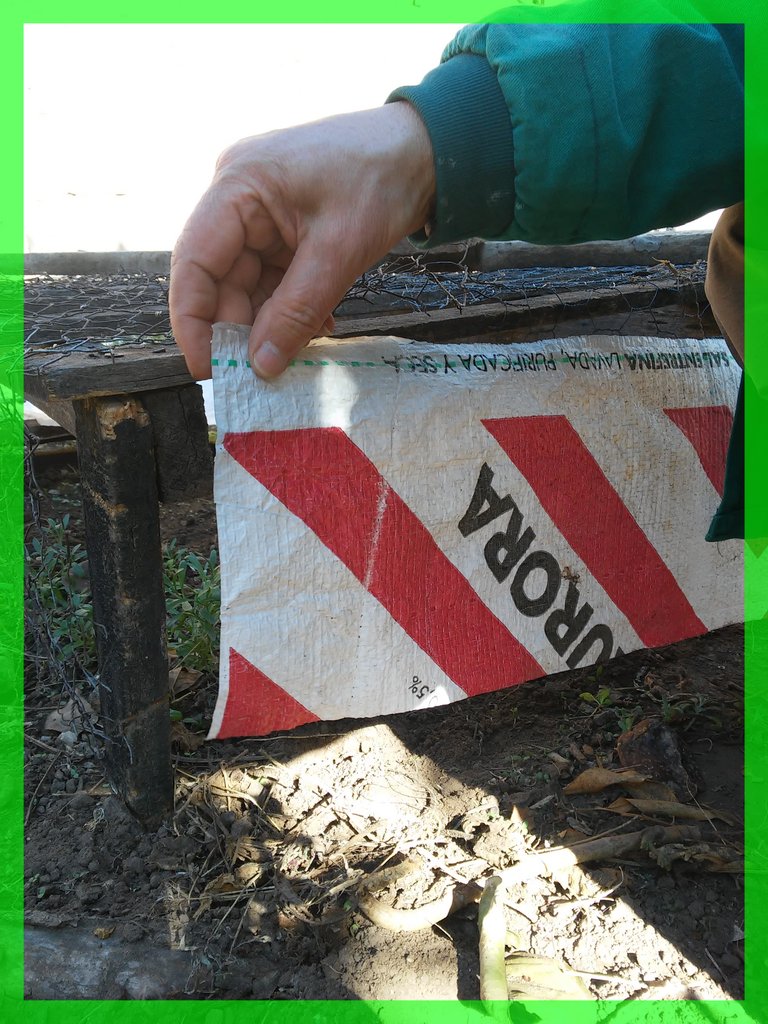
As I do not like to harm or mistreat them, I have chosen to cultivate my plants by protecting my nurseries with wooden structures high enough to allow on the one hand the growth of the plants. And on the other hand their development until the mature age. Without obstructing the passage of the sun's rays, fundamental in this aspect.
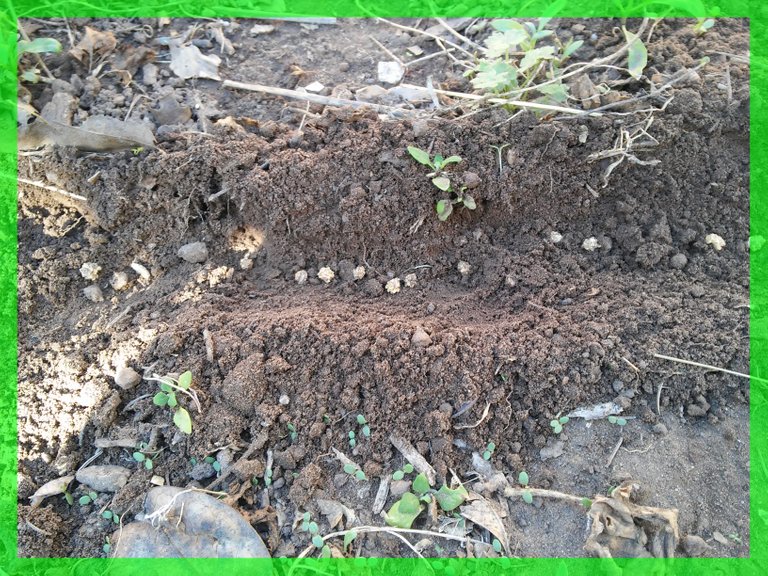
Having made the clarification let's go to the "experiment" - that until now and after a couple of months of realized, has given excellent results.
The sowing of the chard.
The sowing is traditional as you can see in the photos. As it is early spring, with warm weather I don't need to make seedlings. On the other hand, chard tolerates cold well. Therefore I make longitudinal furrows along the entire perimeter of the nursery, shallow - no more than 2 cm deep - and place the seeds at a distance of 5 cm from each other.
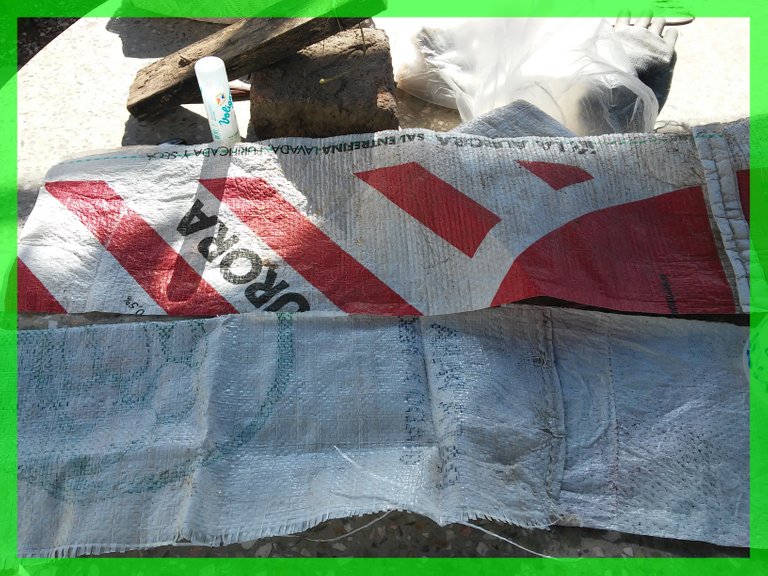
This distance is because it will be the definitive one since there is no transplant and therefore it is necessary to leave space for them to develop freely when they are adults. Either in the width or in the height of the plant.
The construction of the "box",
I built the protective box with four boards that I recovered from my own garden and covered it completely with woven wire, of the rhomboidal type, used especially in orchards and gardens.
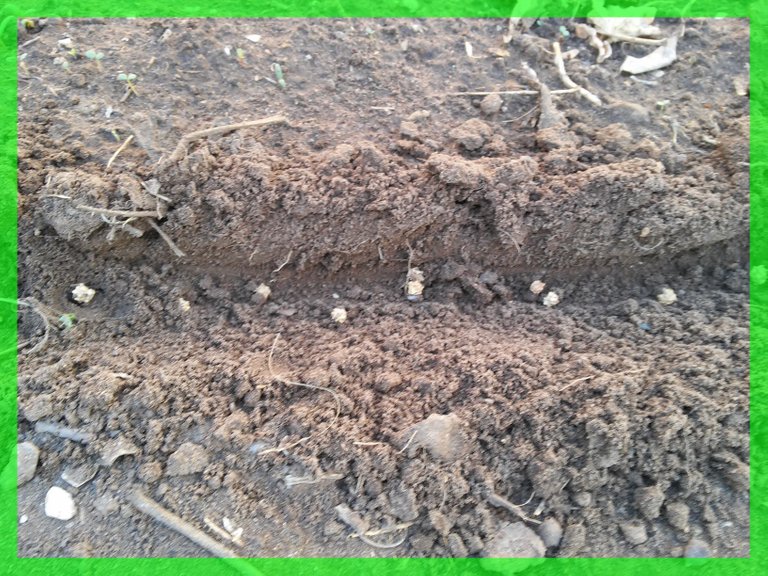
But as the timbers were not high enough I was going to have the problem of the tall chard plants "crushing" against the fabric. I needed to reach a height of at least 20-25 cms so that this would not happen.
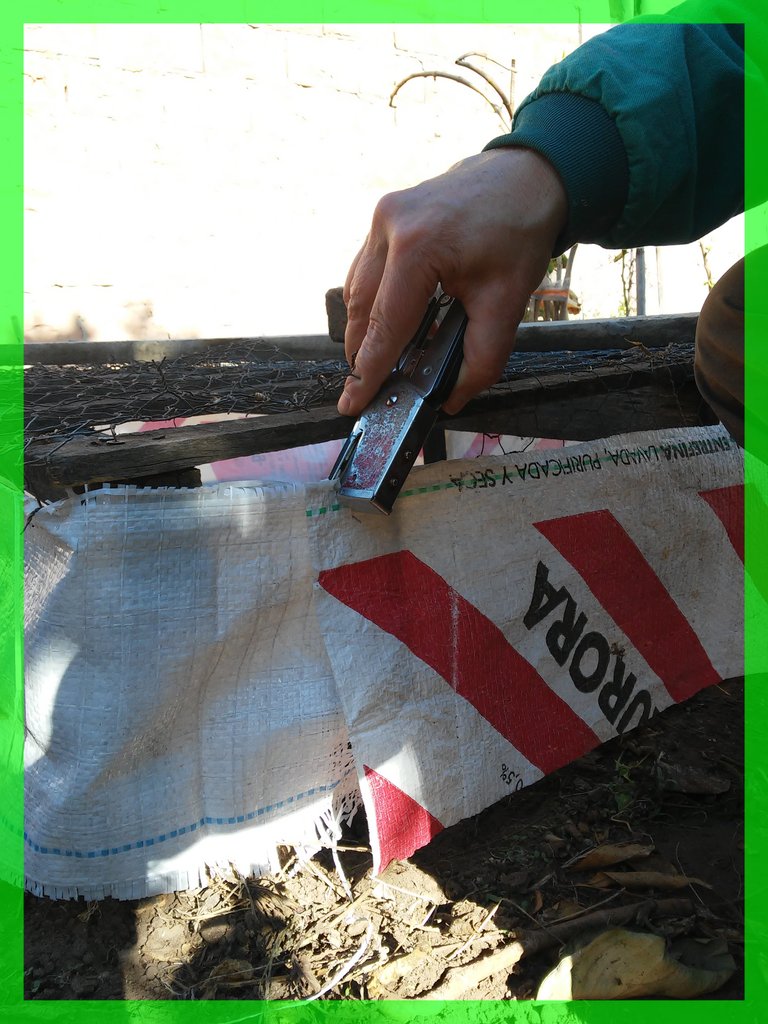
So I added four wooden legs to each corner of the drawer at the same height and the problem was solved.

However, once presented, I realized that the sides were left open. And therefore, my neighbors' beloved cats were free to enter under the box and have a great deal of fun.
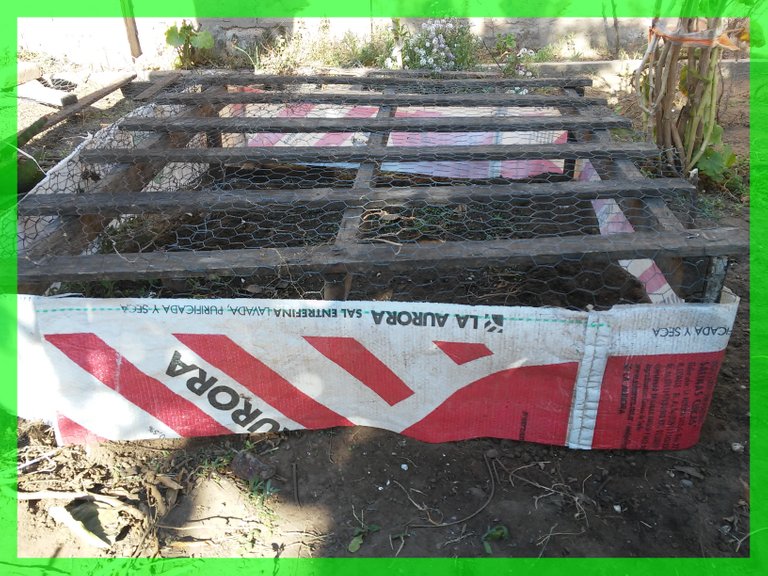
My daughter has a rotisserie and I bought onions and potatoes in bags and discovered that the bags were really sturdy, resistant, ideal to close this space. On the other hand, they were colored, which had a good effect to scare away the birds as if they were precisely one of those big scarecrows that are used in large vegetable gardens.
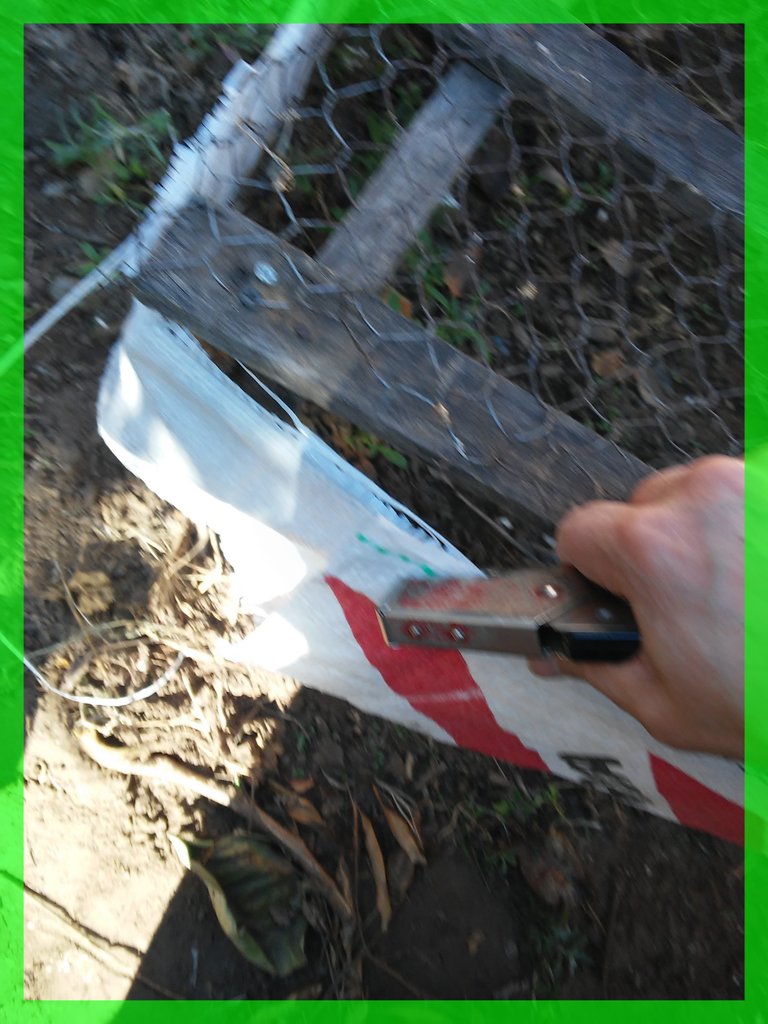
Remember the movie Scarecrow with Gene Hackman and Al Pacino? Surely many of the #hivers in this community were not born yet when it was released, but I recommend it anyway.
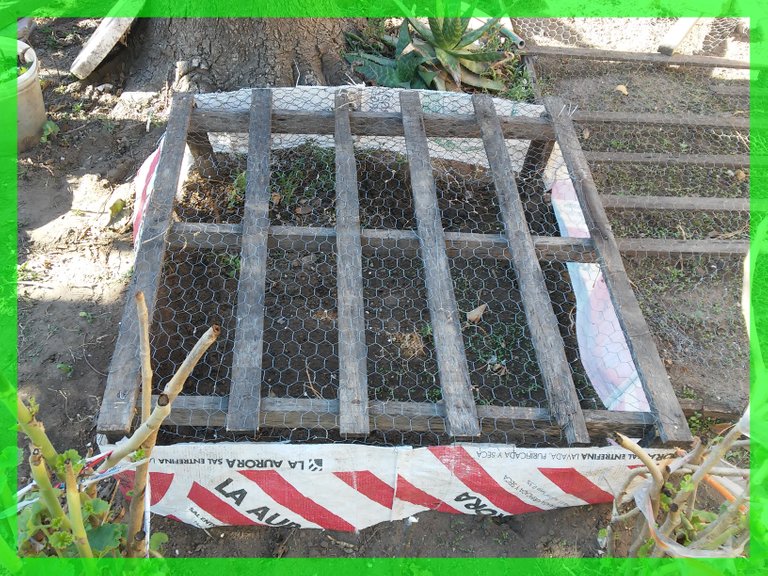
It's from 1973 with a Hackman in full artistic maturity as an actor and a young Al Pacino who was beginning to demonstrate and show the enormous actor he had inside.
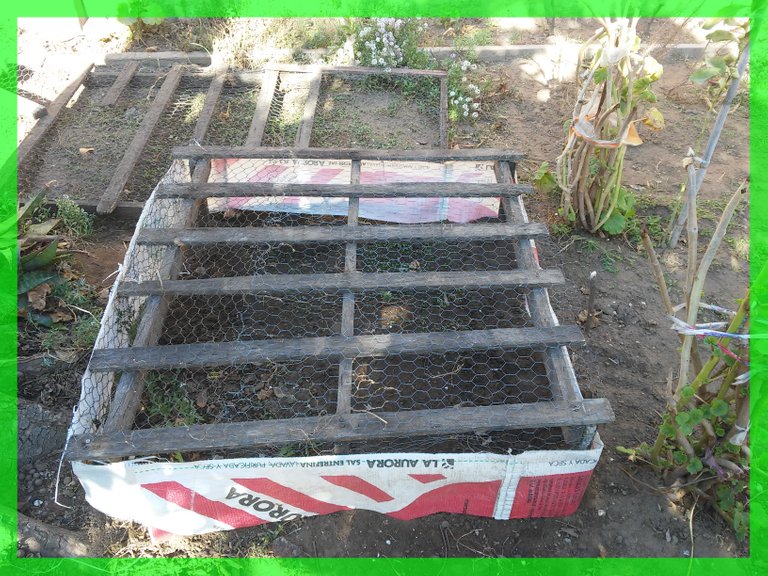
Continuing with the vegetable garden we cut a strip of this very resistant plastic bag (for me it is perfect that I only have to open it in half) and we covered the entire perimeter of the drawer. I have to make a couple of additions because the bag is small.

But I have a stapler like the ones they use in the offices and it comes in handy, the whole band is like "cooked" and ready to withstand cold, heat, wind, rain and other atmospheric phenomena. To make it more secure and resistant, I ended up joining the edges with glue.
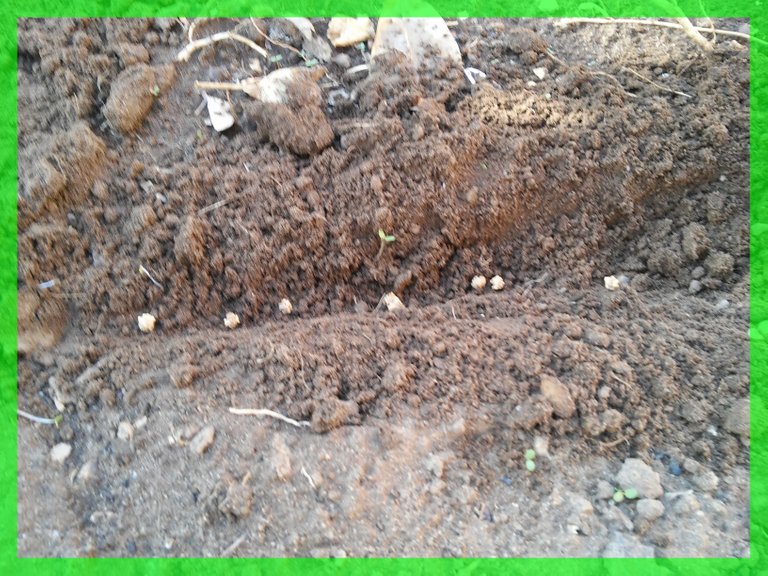
As I have joined two pieces of fabric together, I must make sure that the upper part is perfectly threaded so that it does not leave any gaps through which birds or small animals can filter.
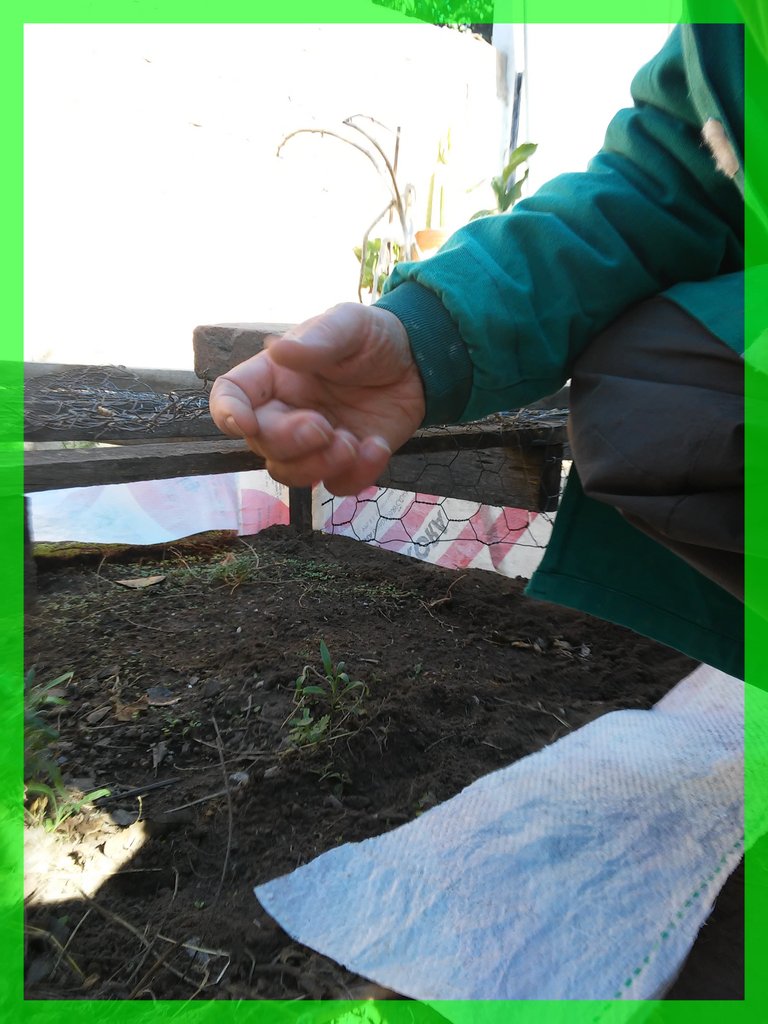
As a precaution, I cross a wooden strap with a certain weight at the top to flatten the fabric and leave it perfectly horizontal.
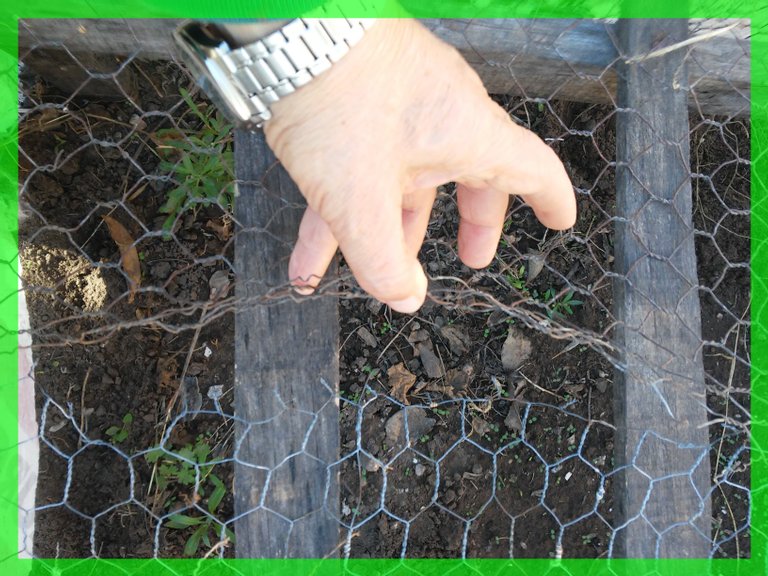
So far they are resisting perfectly and the chard plants in the box have already started to germinate perfectly. Within ninety days they should be ready to be harvested for the first gastronomic application. What will it be, dear friends of #hivegarden? I think the safest destination will be chard ravioli or some delicious omelet that my wife knows how to prepare.
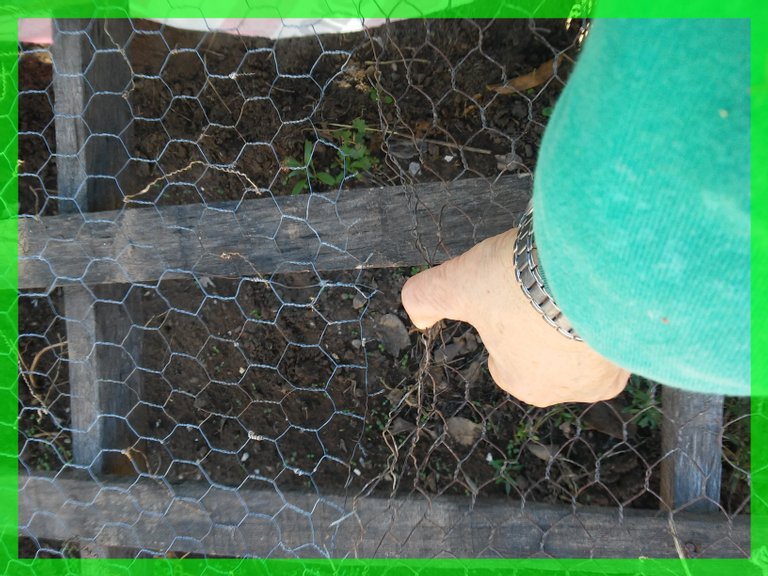
As the time comes, I will tell you what these beautiful chard plants have started to become. In the meantime I control them, take care of them and protect them .... from birds and cats.




